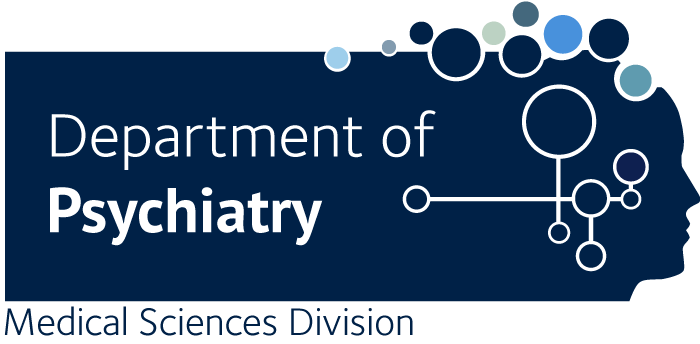
Websites
Collaborators
-
Belinda Lennox
Head of Department
-
Paul Harrison
Professor of Psychiatry; Associate Head of Department (Research)
-
Amedeo Minichino
Associate Professor, Honorary Consultant Psychiatrist
-
Anya Topiwala
Senior Clinical Researcher
-
Rachel Upthegrove
Professor of Psychiatry, Director NIHR Oxford Health Biomedical Research Centre
-
Riccardo De Giorgi
Clinical Lecturer (post-CCT)
-
Dr Lahiru Handunnetthi
Associate Professor and Honorary Consultant Neurologist
-
Maxime Taquet
Associate Professor
Adam Al-Diwani
MA BMBCh DPhil MRCP MRCPsych
Senior Clinical Researcher
- Chief Investigator NIHR OH BRC Neuroimmune mechanisms in brain health study (ANIMATE)
- Honorary Consultant Psychiatrist, OHFT
Neuroimmunology in Neuropsychiatry
I am a clinician-scientist working at the interface of neuropsychiatry and neuroimmunology. I seek to understand bi-directional neuro-immune mechanisms in health and disease at phenotype and cellular levels.
During my Wellcome-funded DPhil (17-20) I applied cervical lymph node sampling to show this brain-draining region harbours lymphocytes directed against the NMDA glutamate receptor (Supervisors: Lennox, Irani).
In my NIHR CL (21-25) I went on to show that the cervical lymph nodes are enriched for brain proteins including those of relevance to Alzheimer's pathogenesis. Together with immunology colleagues (Klenerman, Provine, Pollock), I now focus on relating the biochemistry and immunology of this system to wider brain health in ageing with and without cognitive impairment. I lead a descriptive bio-sampling study within the NIHR OH BRC molecular targets theme to explore this and other clinical-laboratory correlations (ANIMATE, co-I Lennox, Harrison, Handunnetthi, Minichino).
Clinically, I pioneered mapping the psychiatric phenotype in NMDA receptor-antibody encephalitis, towards improving clinical recognition and rationalising antibody testing. I sit in a regional multi-disciplinary team chaired by Professor Lennox together with neurology colleagues to advise on complex cases with a possible neuroimmune component.
Key publications
-
Neurodegenerative fluid biomarkers are enriched in human cervical lymph nodes.
Journal article
Al-Diwani A. et al, (2024), Brain
-
Cervical lymph nodes and ovarian teratomas as germinal centres in NMDA receptor-antibody encephalitis.
Journal article
Al-Diwani A. et al, (2022), Brain, 145, 2742 - 2754
-
Fine needle aspiration of human lymph nodes reveals cell populations and soluble interactors pivotal to immunological priming.
Journal article
Provine NM. et al, (2024), Eur J Immunol
-
The psychopathology of NMDAR-antibody encephalitis in adults: a systematic review and phenotypic analysis of individual patient data.
Journal article
Al-Diwani A. et al, (2019), Lancet Psychiatry, 6, 235 - 246
-
Can liaison neurology add value to patient care within a mental health setting?
Journal article
Ward JH. et al, (2025), Br J Psychiatry, 226, 47 - 48
-
LGI1-antibody encephalitis: how to approach this highly treatable dementia mimic in memory and mental health services.
Journal article
Binks SNM. et al, (2024), Br J Psychiatry, 1 - 6
-
In Vivo N-Methyl-d-Aspartate Receptor (NMDAR) Density as Assessed Using Positron Emission Tomography During Recovery From NMDAR-Antibody Encephalitis.
Journal article
Galovic M. et al, (2022), JAMA Neurol
-
The autoantibody-mediated encephalitides: from clinical observations to molecular pathogenesis.
Journal article
Ramanathan S. et al, (2021), J Neurol, 268, 1689 - 1707
-
Rituximab abrogates aquaporin-4-specific germinal center activity in patients with neuromyelitis optica spectrum disorders.
Journal article
Damato V. et al, (2022), Proc Natl Acad Sci U S A, 119
Recent publications
-
Identification of menstrual psychosis cases using electronic health records.
Journal article
Reilly TJ. et al, (2025), Br J Psychiatry, 1 - 3
-
The value of mental science: we publish what matters.
Journal article
Malhi GS. et al, (2025), Br J Psychiatry, 1 - 5









